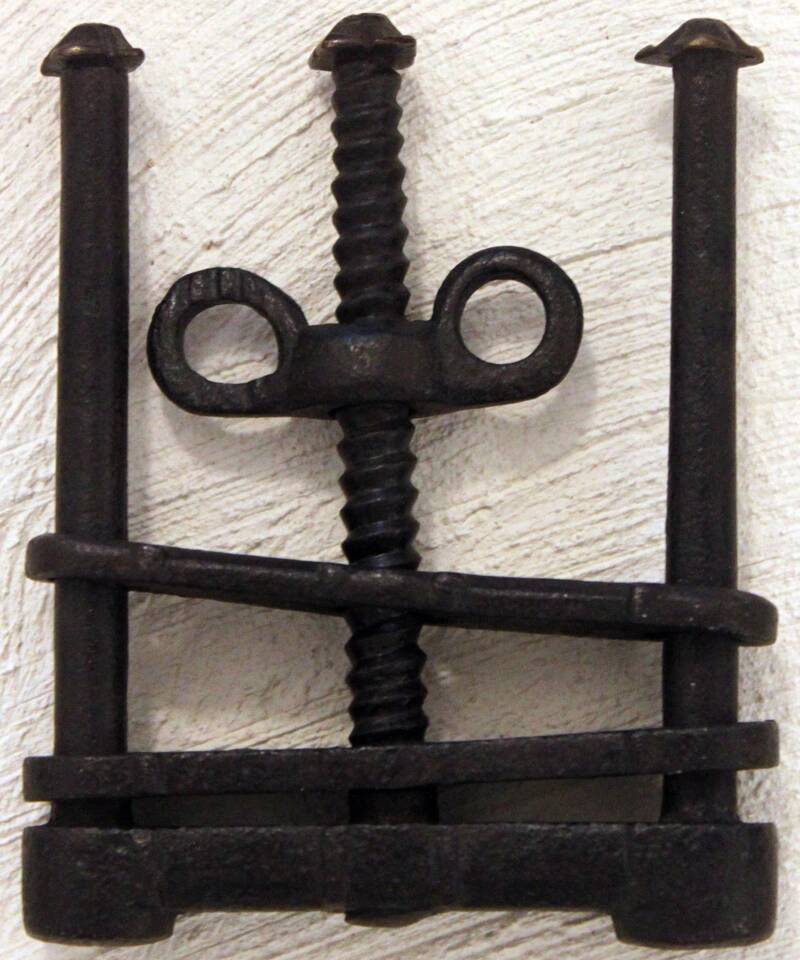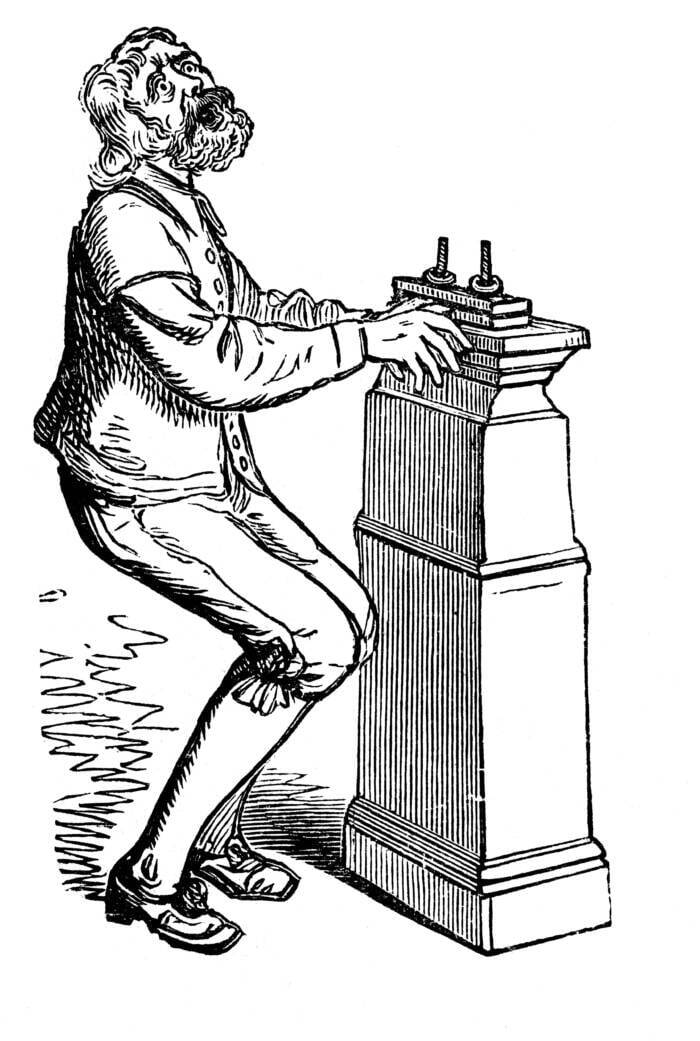The Torturous History Of The Thumbscrew

Anagoria/Wikimedia CommonsA thumbscrew from the 17th century. Though this medieval torture device seemingly emerged during the late Middle Ages, it was used for centuries afterward.
Emerging near the tail end of the Middle Ages, the thumbscrew was a medieval torture device used to obtain confessions from victims.
Like the rack, the thumbscrew was rather simple. It was usually made of two parallel metal sheets connected by a screw — and held together by upright metal rods. The victims’ thumbs would be placed between the sheets, and the screw would be slowly tightened, gradually crushing the fingers.
Also called the thumbkin or the thumbikin, the thumbscrew was preferred by interrogators over other torture methods. As Medieval Chronicles reports, it could cause great pain for the victims, but didn’t cause them to die. Thus, it was an effective way of pulling a confession out of someone.

Science History Images/Alamy Stock PhotoA depiction of someone being tortured by a thumbscrew.
In the Middle Ages, the thumbscrew was often used against people accused of being heretics or blasphemers. As their fingers were crushed one by one, most would naturally confess to anything to escape the pain.
This medieval torture device, however, endured long after the Middle Ages. It was used to elicit confessions from alleged witches in the 16th century, and used on Italian artist Artemisia Gentileschi in the 17th century after she accused her tutor of rape. Even while being tortured with the thumbscrew, however, Gentileschi cried: “It is true, it is true, it is true, it is true.”
But even though the thumbscrew was incredibly excruciating for victims, it was nothing compared to the Spanish Donkey.





